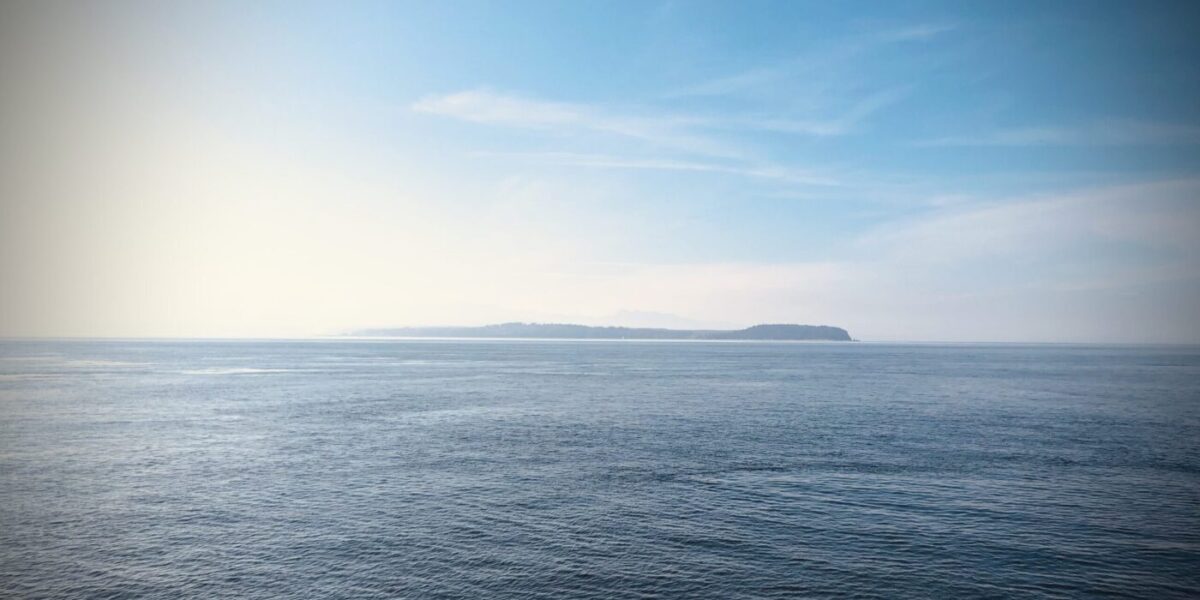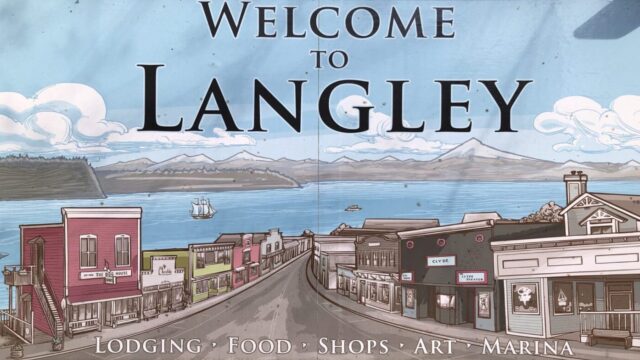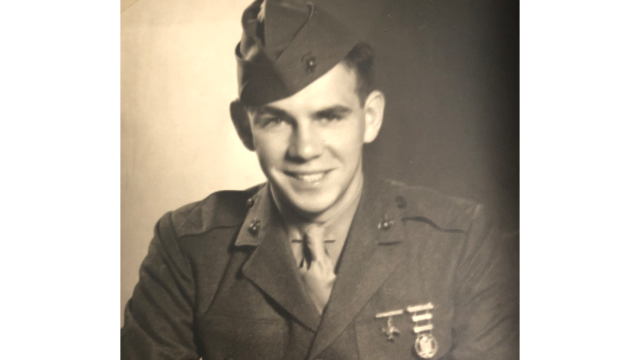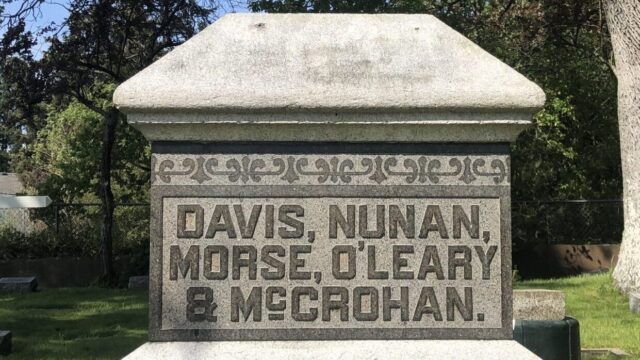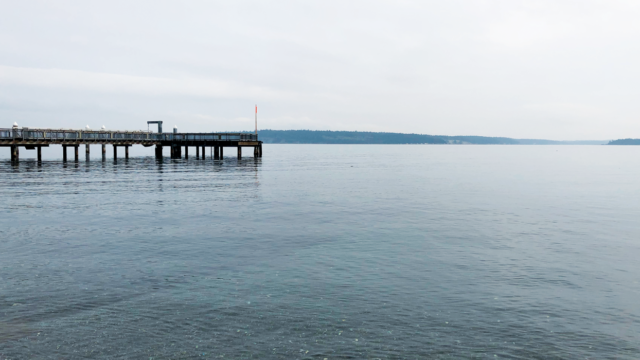We live on an island. One connected to the mainland by two ferry routes towards the southern and middle part of the island and a large, iconic bridge located to the north. Getting “off island” requires preparation, whether that’s budgeting time to travel the approximately 30 miles of state route roads to Deception Pass Bridge or planning for alternate ferry schedules and avoiding peak commuter and tourist travel times.
So, as we settled into our new existence near the southernmost tip of Whidbey, we also began planning excursions to the mainland. This included a trip by ferry to Port Townsend. On the morning of our scheduled visit, we left for the ferry later than we’d planned. Although about 20 miles from our house, the drive takes more than half-an-hour on a light traffic day, along the winding, tree-lined route. Adding to our concern was the ferry’s smaller size and more infrequent departures, which meant missing our timeslot would change the course of the entire day.
Although the drive is beautiful, that morning was spent diligently monitoring the ferry app on our phones and following along with the Google Maps estimated arrival time. As cars checked in at the terminal, fewer spaces became available on the app. Scenery passed by unnoticed as we inched closer on the Google maps rendering. A wrong turn a few miles from the terminal meant an additional two minutes were added to our arrival time. Coming in from the wrong direction, we traveled up the road for the authorized ferry turnaround. As we pulled up to the ferry terminal, we held our breaths while we checked in. The kiosk attendant pointed to one of the first few lanes that were nearly full and, with a collective sigh, we settled in for the very short wait for the ferry.
These green and white transports are immortalized in the state with tree ornaments, t-shirts, and other odes to this critical island connector. As you drive onto the ferry, you’re greeted by workers in bright reflective vests, wearing layers of warm clothing to combat against the cold and ocean spray. They direct travelers aboard with hand signals reminiscent of flight attendant safety briefings, carefully loading the small passenger cars and large semi-trucks with the same level of ease. Driving over the platform connecting land to boat, you’re distinctly aware of water beneath the temporary plank. As more cars load onto the ferry, you sense small changes in elevation. Parking in the belly of the ferry, cars shut off and a sense of solitude settles in as the transport prepares to disembark for its journey, softly rocking with the tide. On calm days, the faint acceleration from the mooring and the consistent engine hum are the only indications the voyage has begun. As the boat starts up, you sense the power pulsing around you as it slices through the waters of Admiralty Inlet.
That morning, as we started our approach to Port Townsend, the ferry began its careful maneuvering into port. Sitting in the backseat of the car, the only indication of this movement were clouds shifting quickly in the rearview mirror. As the ferry engines turned off, cars started up in synchronization. Travelers, well-versed in ferry etiquette, waited until operators directed them to the platform to disembark the ferry. As we left the cool, dark underbelly, sunny skies greeted us in the quintessential Pacific Northwest town. Rusty red brick buildings and the well-known customs house let us know that the turn-of-the-century charm had not left this seaside village.
For years, ferries have connected Washington State islands with the neighboring mainland, a critical lifeline for islanders. This is all still new to us, but something we’re learning quickly.
So, with the cry of the sea gulls, we drove off the ferry and began our adventure, relieved we’d made it to our destination and determined to leave more time for ferries in the future.


